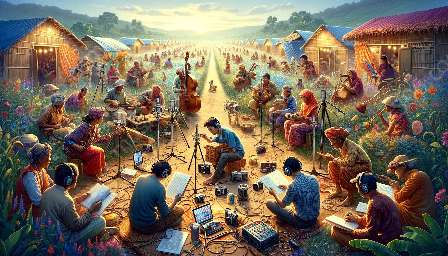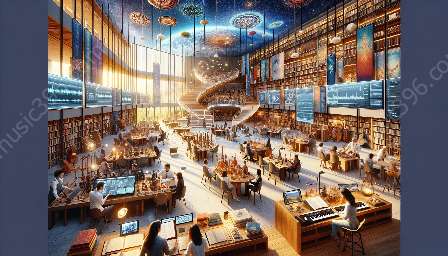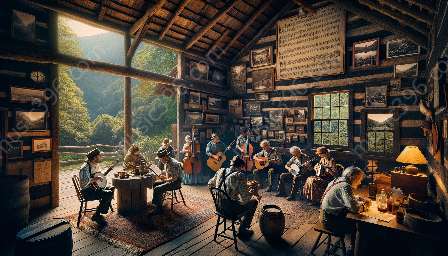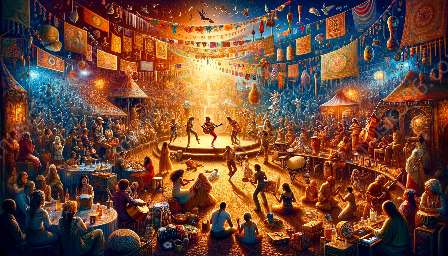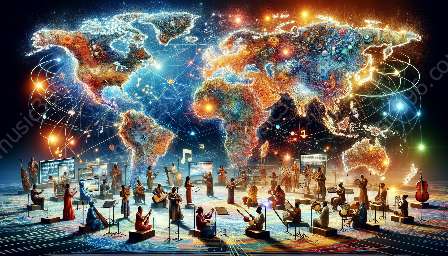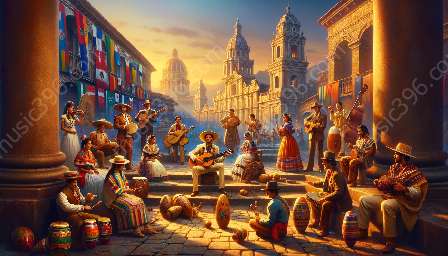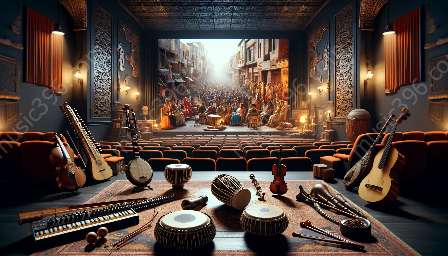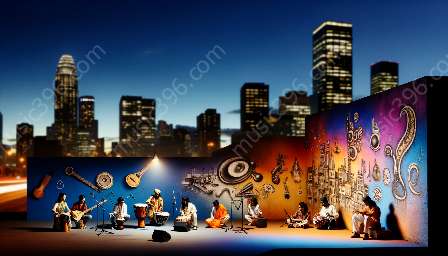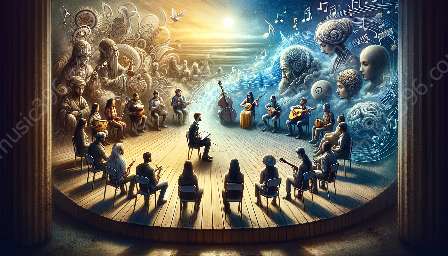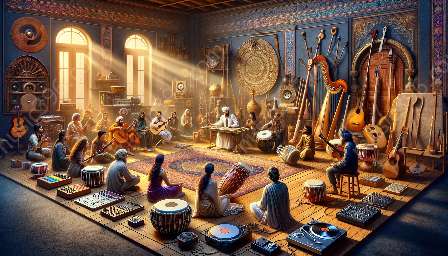Urban music is a vital thread in the fabric of ethnomusicology, and its preservation is essential for understanding cultural evolution. Technology plays a crucial role in documenting, archiving, and revitalizing urban music cultures. By leveraging digital platforms and innovations, we can bridge the gap between tradition and modernity, ensuring the legacy of urban music thrives in the digital age.
Understanding Urban Music Cultures
Urban music, encompassing genres such as hip-hop, rap, R&B, and reggaeton, is deeply rooted in the ethos of diverse urban communities. Ethnomusicologists delve into the sociocultural significance of urban music, exploring its ties to identity, resistance, and social commentary. The dynamic nature of urban music cultures makes them a living entity, constantly evolving and responding to the ever-changing urban landscape.
Preserving Urban Music Through Ethnomusicology
Ethnomusicologists serve as custodians of urban music traditions, employing ethnographic research methods to capture the essence of these vibrant musical expressions. By immersing themselves within urban communities, they document oral histories, rituals, and performance styles, preserving intangible cultural heritage. Ethnomusicology offers a holistic understanding of urban music, encompassing not only the sounds themselves but also the intricate web of cultural, historical, and social contexts.
The Digital Renaissance of Urban Music
Technology acts as a catalyst in the preservation and dissemination of urban music. Digital platforms provide a global stage for local urban artists, amplifying their voices and reaching diverse audiences. From sound recordings and video documentation to online archives and interactive exhibits, technology empowers the preservation of urban music. Furthermore, virtual reality and immersive experiences offer innovative ways to connect audiences with the essence of urban music cultures, transcending geographical boundaries.
Archiving and Accessing Urban Music
Digital archives serve as repositories of urban musical heritage, ensuring accessibility for future generations. Metadata tagging and digital curation enable efficient cataloging and retrieval of urban music artifacts, enriching scholarly research and public engagement. Moreover, open-access initiatives facilitate collaborative efforts in archiving urban music, fostering a global network of scholars, musicians, and enthusiasts dedicated to its preservation.
Innovations in Ethnomusicological Research
Technology empowers ethnomusicologists to conduct groundbreaking research on urban music cultures. Digital ethnography allows for real-time observations and interactions, capturing the nuances of urban music performance in its natural environment. Computational analysis of musical patterns and cultural dynamics provides deeper insights into the evolution of urban music, shedding light on interconnected trends and trajectories.
Bridging Tradition and Modernity
As urban music continues to evolve, technology serves as a conduit for preserving traditional elements while embracing contemporary expressions. Interactive multimedia exhibits, digital storytelling, and virtual archives breathe new life into urban musical legacies, engaging audiences in dynamic ways. By leveraging technology, ethnomusicologists and cultural institutions can facilitate meaningful dialogues between past, present, and future, fostering a continuum of urban music traditions.
Empowering Urban Communities
Technology not only preserves urban music but also empowers urban communities to share their stories and celebrate their cultural heritage. Through digital storytelling workshops, community-based recording projects, and interactive platforms, technology becomes a tool for self-representation and cultural empowerment. By democratizing access to urban music preservation, technology enables communities to take ownership of their narratives and amplify their voices on a global scale.
Conclusion
The role of technology in urban music preservation is pivotal in sustaining the dynamic tapestry of urban music cultures. Ethnomusicology, with its interdisciplinary approach, collaborates with technological innovations to ensure the continuity and accessibility of urban musical traditions. By embracing the digital renaissance, we honor the resilience and creativity embedded within urban music, transcending boundaries and enriching global cultural dialogue.


